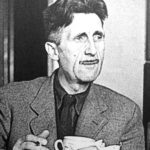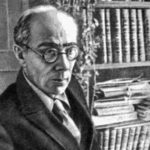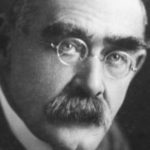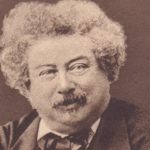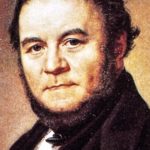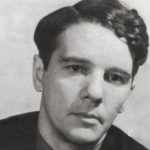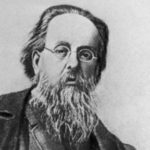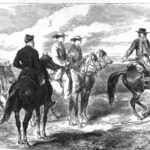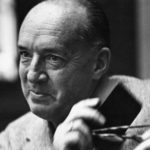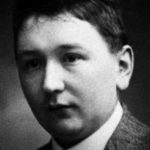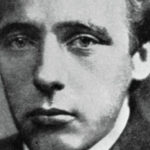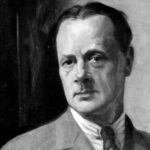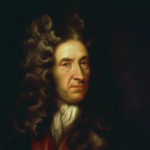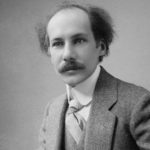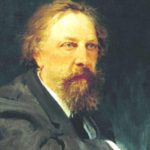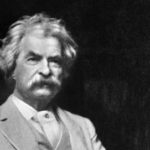Facts from the life of HG Wells
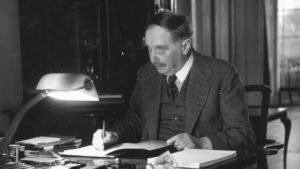 4th May 1940: English author H G Wells (Herbert George Wells, 1866 – 1946) at his desk. Amongst his most famous works are his science fiction stories ‘The Time Machine ‘ (1895), ‘The War of the Worlds’ (1898), and ‘The Invisible Man’ (1897). Original Publication: Picture Post – 282 – Unite Or Perish – pub.1940 (Photo by Kurt Hutton/Picture Post/Getty Images)[/caption]The English writer HG Wells had a very rich imagination. This man, who lived at the turn of the 19th and 20th centuries, wrote amazing fantastic works, far ahead of their time. Like some other fiction writers, he predicted the appearance in real life of some devices and technologies. Coincidence? Who knows … However, Wells was noted in other literary genres, and not only in fiction.
4th May 1940: English author H G Wells (Herbert George Wells, 1866 – 1946) at his desk. Amongst his most famous works are his science fiction stories ‘The Time Machine ‘ (1895), ‘The War of the Worlds’ (1898), and ‘The Invisible Man’ (1897). Original Publication: Picture Post – 282 – Unite Or Perish – pub.1940 (Photo by Kurt Hutton/Picture Post/Getty Images)[/caption]The English writer HG Wells had a very rich imagination. This man, who lived at the turn of the 19th and 20th centuries, wrote amazing fantastic works, far ahead of their time. Like some other fiction writers, he predicted the appearance in real life of some devices and technologies. Coincidence? Who knows … However, Wells was noted in other literary genres, and not only in fiction.
Young Herbert got carried away reading books when he broke his leg at the age of eight and was forced to bedridden for a long time. Then he began to read out of boredom.
He went to his first job at the age of 11 to help his family, which was going through hard times. Then he became an apprentice draper.
Education future writer received in the field of biology. In this field he has achieved considerable success, and even received two scientific titles.
Wells worked in a variety of genres, but fantastic works brought him worldwide fame, especially Invisible Man, Time Machine and War of the Worlds.
HG Wells announced the four-dimensionality of our reality ten years before this theory was voiced by Albert Einstein.
In 1914, Wells described the atomic bomb in one of his works, three decades before its invention. He also predicted a flight to the moon, World War II, traffic jams, the invention of a laser, wireless communications, and much more.
During one of his visits to Russia, Herbert Wells lived in Maxim Gorky’s apartment.
In Yekaterinburg, a monument to the invisible man from the novel of the writer.
Wells’ first publications were biology scientific works, not fiction.
HG Wells personally met with Lenin and Stalin. They did not agree with the first on the revolution, but he described the second as an honest and sincere person. This has generated a lot of controversy.
In the United States in 1938, many radio listeners accepted the War of the Worlds radio show as a real reportage from the scene. The result was a massive panic.
The famous “Time Machine” is the first novel written by HG Wells.
One of the hobbies of the writer was cricket. This sport is generally very popular in the UK.
It was in the books of Wells that the existence of parallel worlds was first described. Now this idea is actively exploited in literature and cinema.
One of the erroneous predictions of HG Wells was his opinion on aviation. He believed that this industry has no future, since it is not very promising.
Wells made friends with many other venerable writers, in particular, with Jerome K. Jerome, Arthur Conan Doyle and Rudyard Kipling.
The wealth of the writer brought the publication of popular science work “Essays on History.” Critics reacted to the book is not too warm, but this did not prevent the publisher to quickly sell more than two million copies.
HG Wells visited Russia three times. He wrote a book about his impressions Russia in the Darkness.
The writer liked to draw, he often left sketches on manuscripts or title pages. In 2006, the whole book of his drawings was published.
Wells has written four film scripts. Two of them were eventually filmed in the 30s of the last century.
In 1933, the books of HG Wells were in the forbidden list in Germany.
The writer was on a special list of Britons who, after the invasion of Germany into England, which never took place, were to be immediately found and arrested.
Suffering from diabetes, Herbert Wells became the founder of the UK’s first diabetic society. He wanted to draw public attention to this disease.
For his works, Wells was nominated four times for the Nobel Prize in Literature, but he never received this award.
More than a dozen plaques have been erected in places associated with HG Wells.
